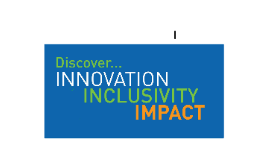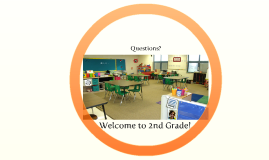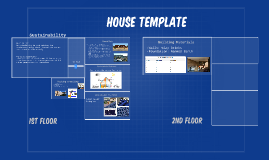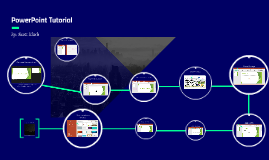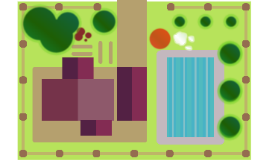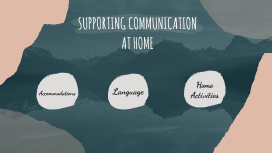Open House
Transcript: Welcome to 2nd Grade! Ms. Burse Graduated from LaCrosse Degree in Elementary Education and a minor in math Wanted to teach because of a passion for children Moved to Cameron with my baby Lunch- 11:30 Join Us! Helping Hands Program Components: Student reference book math journal games home links (homework) Students develop writing strategies and skills, learn about the writer’s craft, and use writing as a tool for learning and communication. Questions? Fountas, I. C. & Pinnell, G.S. (2006). Teaching for Comprehending and Fluency K-8: Thinking, Talking, and Writing About Reading. Portsmouth, NH: Heinemann. Fountas, I.C. & Pinnell, G.S. (2000). Guiding Readers and Writers (Grades 3-6) Teaching Comprehension, Genre, and Content Literacy. Portsmouth, NH: Heinemann. Becoming a confident problem solver Independent Reading Students read a variety of teacher selected texts that match their reading level They make personal and textual connections Students learn effective comprehending strategies and decoding skills Becomming fluent in basic facts developmentally appropiate hands on learning self-paced Social Studies Parent Support Communicating through symbols, models, graphs, and language Students read a variety of self-selected texts for an extended period of time They construct meaning and make personal and textual connections Everyday Math Fountas and Pinnell, Word Matters, pg. 87) Fountas, I. C. & Pinnell, G.S. (2006). Teaching for Comprehending and Fluency K-8: Thinking, Talking, and Writing About Reading. Portsmouth, NH: Heinemann. Fountas, I.C. & Pinnell, G.S. (2000). Guiding Readers and Writers (Grades 3-6) Teaching Comprehension, Genre, and Content Literacy. Portsmouth, NH: Heinemann. Guided Reading Learning concepts beyond computation Word Work Connecting math and other subjects Fountas, I. C. & Pinnell, G.S. (2006). Teaching for Comprehending and Fluency K-8: Thinking, Talking, and Writing About Reading. Portsmouth, NH: Heinemann. Fountas, I.C. & Pinnell, G.S. (2000). Guiding Readers and Writers (Grades 3-6) Teaching Comprehension, Genre, and Content Literacy. Portsmouth, NH: Heinemann. Learning to reason mathematically Our Government and community Community Mapping World CUlture Famous US Citizens Economics Writing Workshop Provide a time and place to do homework Check homework assignments - help children with mistakes Read nightly Return papers as requested Animal Groups Balance and Motion Air and Weather New Plants Return your complete purple volunteer form. We're happy to have your support. Science






